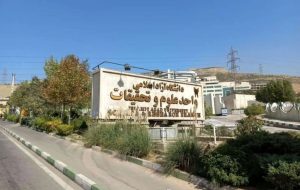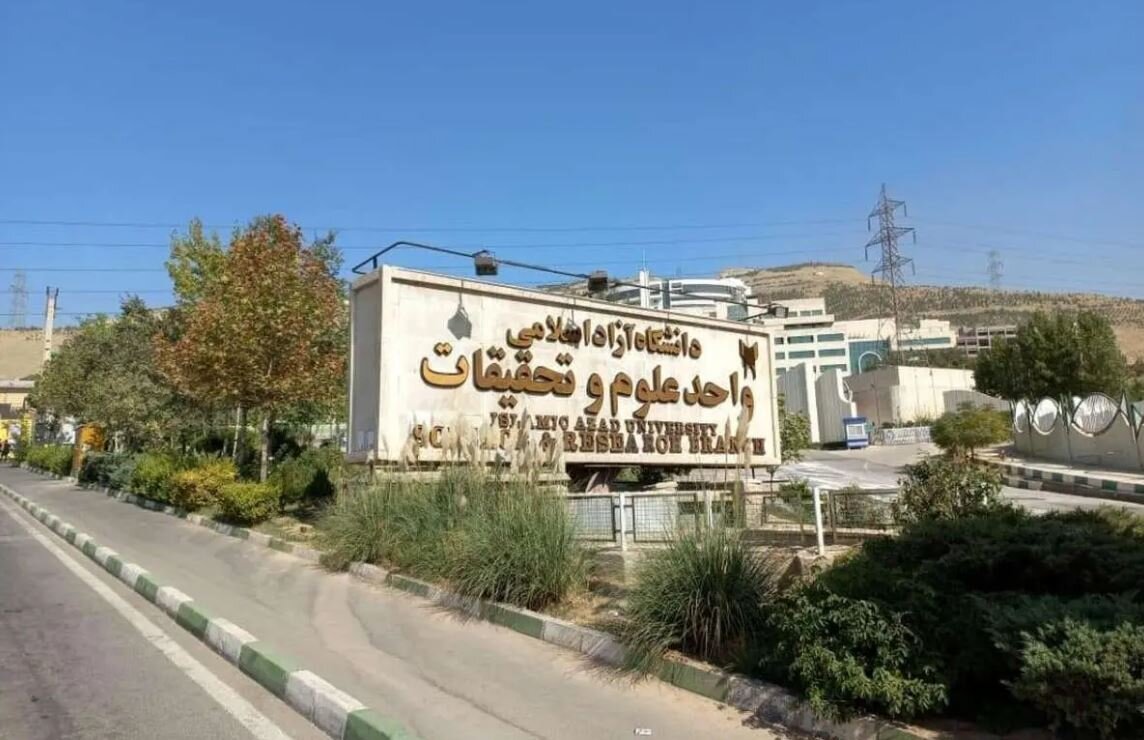What was the story behind the Iranian girl that walked the campus half-naked?
TEHRAN – A recent incident at an Iranian university has sparked a social media frenzy, capturing the attention of people across Iran and beyond. In an episode that was both tragic and revealing, a young woman was seen walking across campus in her underwear, visibly distressed. Within hours, images and videos spread widely online, prompting


TEHRAN – A recent incident at an Iranian university has sparked a social media frenzy, capturing the attention of people across Iran and beyond.
In an episode that was both tragic and revealing, a young woman was seen walking across campus in her underwear, visibly distressed.
Within hours, images and videos spread widely online, prompting a wave of reactions that quickly morphed from concern to political manipulation.
At the heart of this incident lies a deeply personal story. The woman, a mother of two, and recently divorced, had been grappling with significant emotional distress. Her ex-husband, devastated and worried, pleaded with the media and social media users to respect her privacy, fearing the impact of public exposure on her already fragile mental health. Yet, his pleas were disregarded, as some individuals shared the footage and opposition groups swiftly reframed the story, labeling her a symbol of “defiance against the Iranian government”.
In the hands of opposition groups, the woman’s vulnerable state was twisted into a powerful narrative, casting her as a “hero of freedom” in a supposed act of protest. This manipulation was both callous and dishonest. Rather than respecting her dignity and focusing on the mental health challenges she was facing, these groups saw an opportunity to fuel their anti-government agenda. The result was a portrayal that bore little resemblance to the actual circumstances, instead serving as a tool to amplify political tensions.
This recent incident echoes a pattern seen in past unrest in Iran, notably following the death of a young Iranian woman named Mahsa Amini in September 2022.
Her death, reported as a tragic medical event, quickly became a rallying cry for protests fueled by opposition narratives. Foreign intelligence agencies, according to Iranian officials, played a role in exacerbating the unrest, leading to prolonged instability, economic fluctuations, and significant loss of life.
Iran’s government faced international scrutiny, with Western countries imposing sanctions under the pretext of human rights support, even as these countries engaged in questionable alliances and policies in West Asia, particularly now with the ongoing genocide of innocent people in the Gaza Strip and Lebanon.
The incident involving the distressed woman at the university serves as a stark reminder of the dangers of misinformation and political opportunism.
This tactic of exploiting personal tragedies for political gain has become a troubling feature of the global political landscape. By presenting the woman’s distress as a political act, opposition factions tried to mislead the public, overshadowing genuine issues facing the nation.
In his book “Mirage of Shadows,” Mehdi Mohammadi, an intelligence expert, introduces this trend of manipulation as a form of cognitive warfare, which is a sophisticated strategy that seeks to exploit human vulnerabilities, distort perceptions, and erode public trust in established institutions. According to Mohammadi, Opposition groups used this narrative during the 2022 riots to inflame emotions, heighten polarization, and ultimately weaken public confidence in the government, something that was done again in the recent case.
With social media as a primary battleground, the influence of cognitive warfare in Iran is significant. Social platforms like Instagram and X (formerly Twitter), controlled by Western entities, are powerful tools for shaping narratives and public opinion. Most Iranian people are active on these platforms, making it easier for political groups to exploit sensational events and sow division.
The Iranian government faces a persistent challenge from opposition factions willing to distort reality to serve their goals. This ongoing manipulation not only harms individuals like the woman at the center of this incident but also threatens the nation’s path to unity and progress. For Iran to advance, respect for truth, privacy, and human dignity must become the foundation of political discourse in mass media that advertise such ideas.
